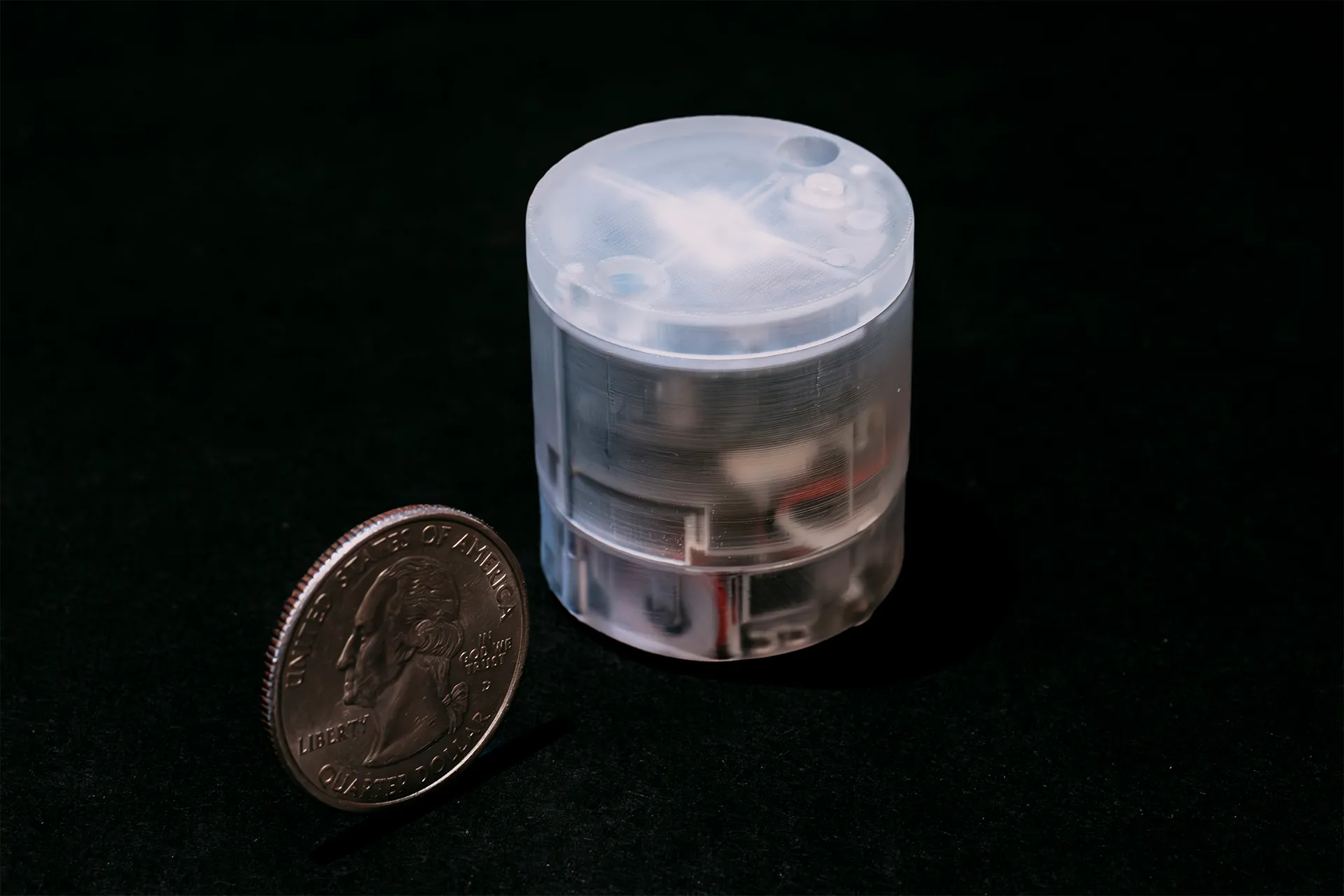Swarm Body (CHI ’24)
Acquisition of new embodied experience with swarm robots.
Sosuke Ichihashi, So Kuroki, Mai Nishimura, Kazumi Kasaura, Takefumi Hiraki, Kazutoshi Tanaka, and Shigeo Yoshida. 2024. Swarm Body: Embodied Swarm Robots. In Proceedings of the CHI Conference on Human Factors in Computing Systems (CHI ’24), May 11–16, 2024, Honolulu, HI, USA. ACM, New York, NY, USA, 19 pages. https://doi.org/10.1145/3613904.3642870
About
The human brain’s plasticity allows for the integration of artificial body parts into the human body. Leveraging this, embodied systems realize intuitive interactions with the environment. We introduce a novel concept: embodied swarm robots. Swarm robots constitute a collective of robots working in harmony to achieve a common objective, in our case, serving as functional body parts.
Embodied swarm robots can dynamically alter their shape, density, and the correspondences between body parts and individual robots. We contribute an investigation of the influence on embodiment of swarm robot-specific factors derived from these characteristics, focusing on a hand.
Our paper is the first to examine these factors through virtual reality (VR) and real-world robot studies to provide essential design considerations and applications of embodied swarm robots. Through quantitative and qualitative analysis, we identified a system configuration to achieve the embodiment of swarm robots.

Applications
The main application of Swarm Body is physical telepresence, where embodied swarm robots facilitate physical interaction with remote people and environments. The operator can control Swarm Body projected on their table as if manipulating their own hands. The other person can physically interact with the operator through Swarm Body.
Swarm Body expands the design space of physical telepresence, offering unique characteristics such as robustness, flexibility, and scalability to the human body.
Robot
We developed custom-made swarm robots named “maru” to conduct an embodiment experiment in the real world. The hardware and software were newly designed for this purpose. The information of maru can be available on GitHub. The maru was designed in collaboration with Omron Sinic X Corporation, Karakuri Products Inc. and Cluster Metaverse Lab..


Publication
Sosuke Ichihashi, So Kuroki, Mai Nishimura, Kazumi Kasaura, Takefumi Hiraki, Kazutoshi Tanaka, and Shigeo Yoshida. 2024. Swarm Body: Embodied Swarm Robots. In Proceedings of the CHI Conference on Human Factors in Computing Systems (CHI ’24), May 11–16, 2024, Honolulu, HI, USA. ACM, New York, NY, USA, 19 pages. https://doi.org/10.1145/3613904.3642870
Award
CHI 2024 Interactivity Popular Choice Honorable Mention, 16 May 2024.
Contributors
- Sosuke Ichihashi (Georgia Tech)
- So Kuroki (Sakana AI)
- Mai Nishimura (Omron Sinic X)
- Kazumi Kasaura (Omron Sinic X)
- Takefumi Hiraki (Cluster Metaverse Lab)
- Kazutoshi Tanaka (Omron Sinic X)
- Shigeo Yoshida (Omron Sinic X)